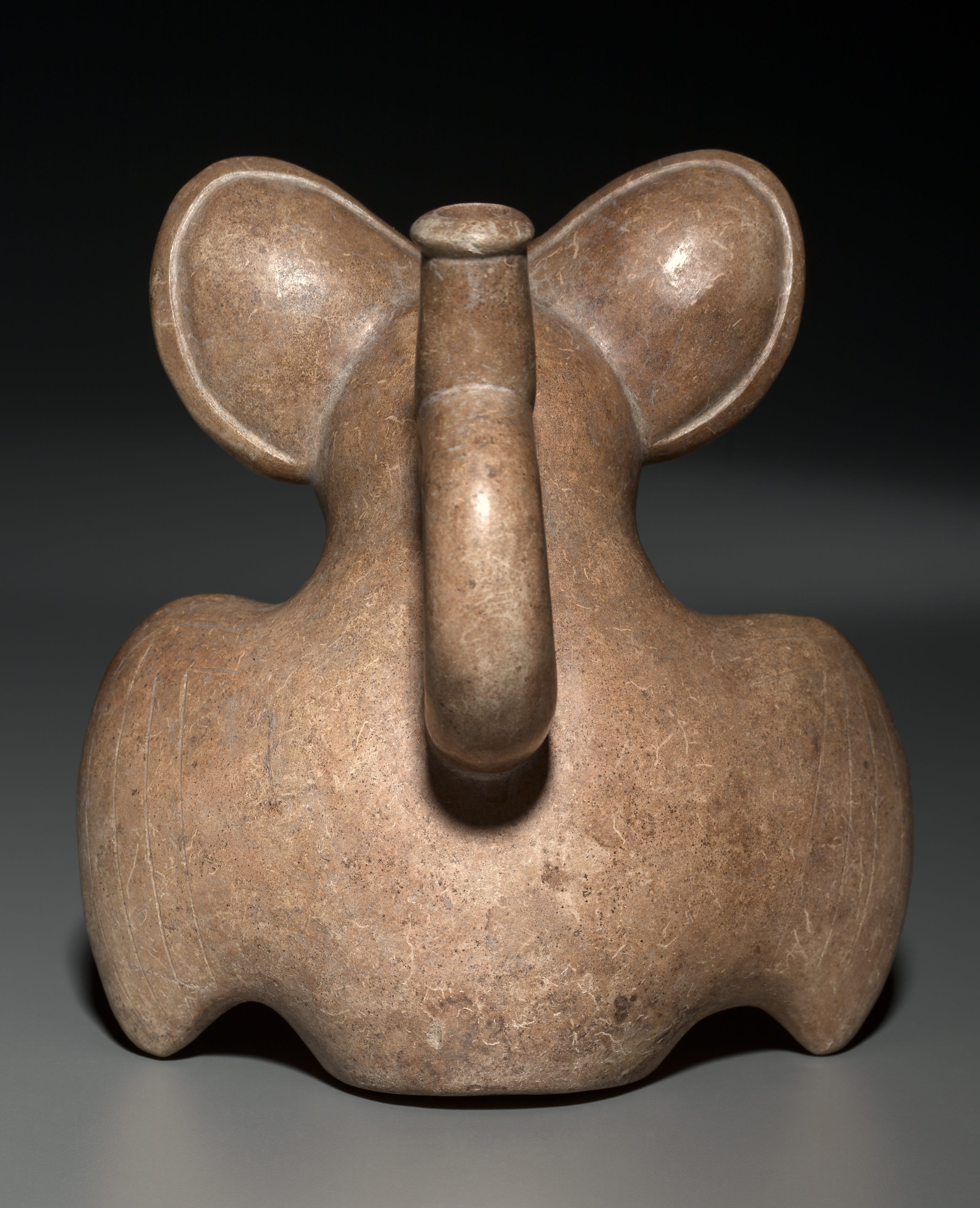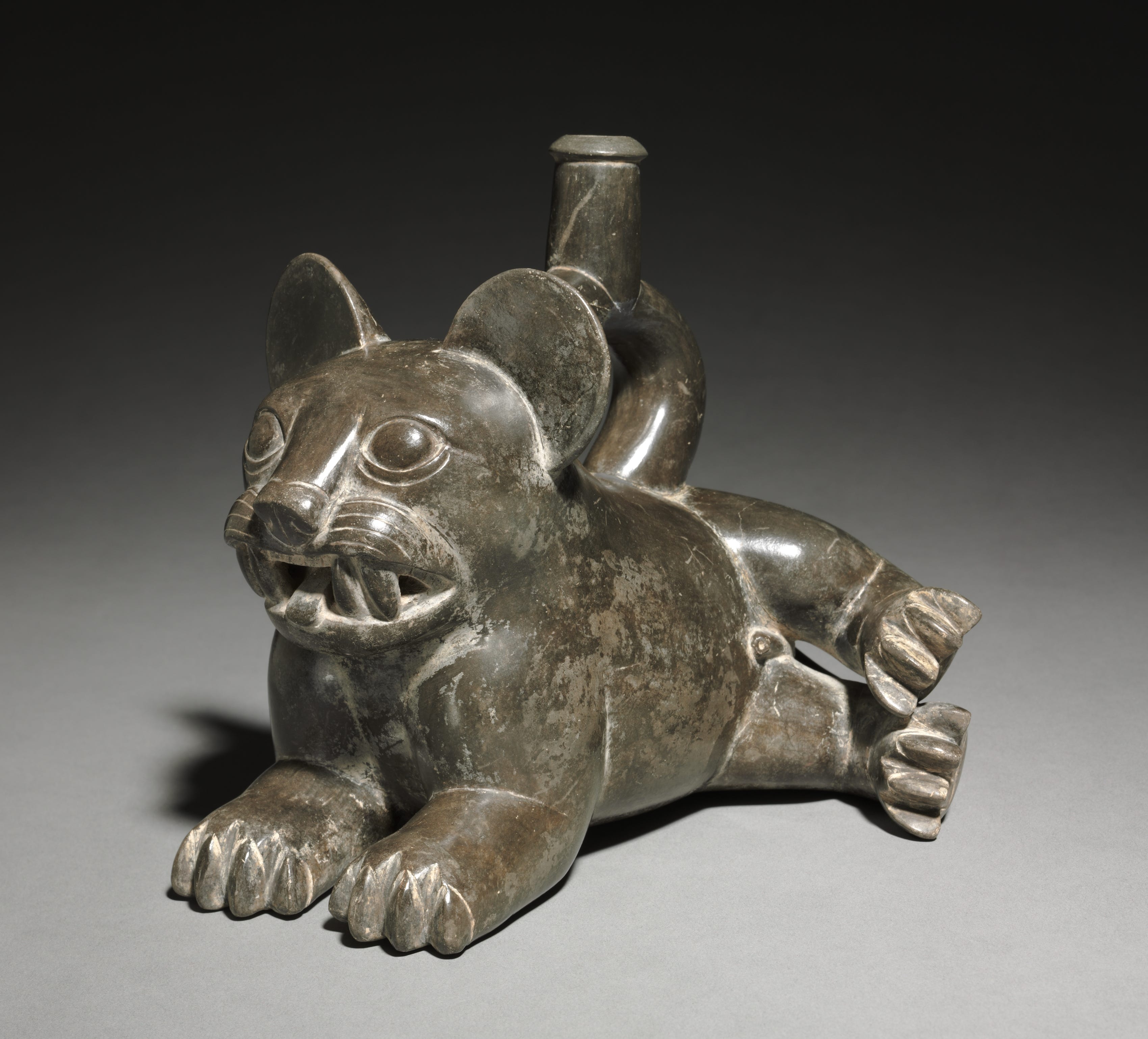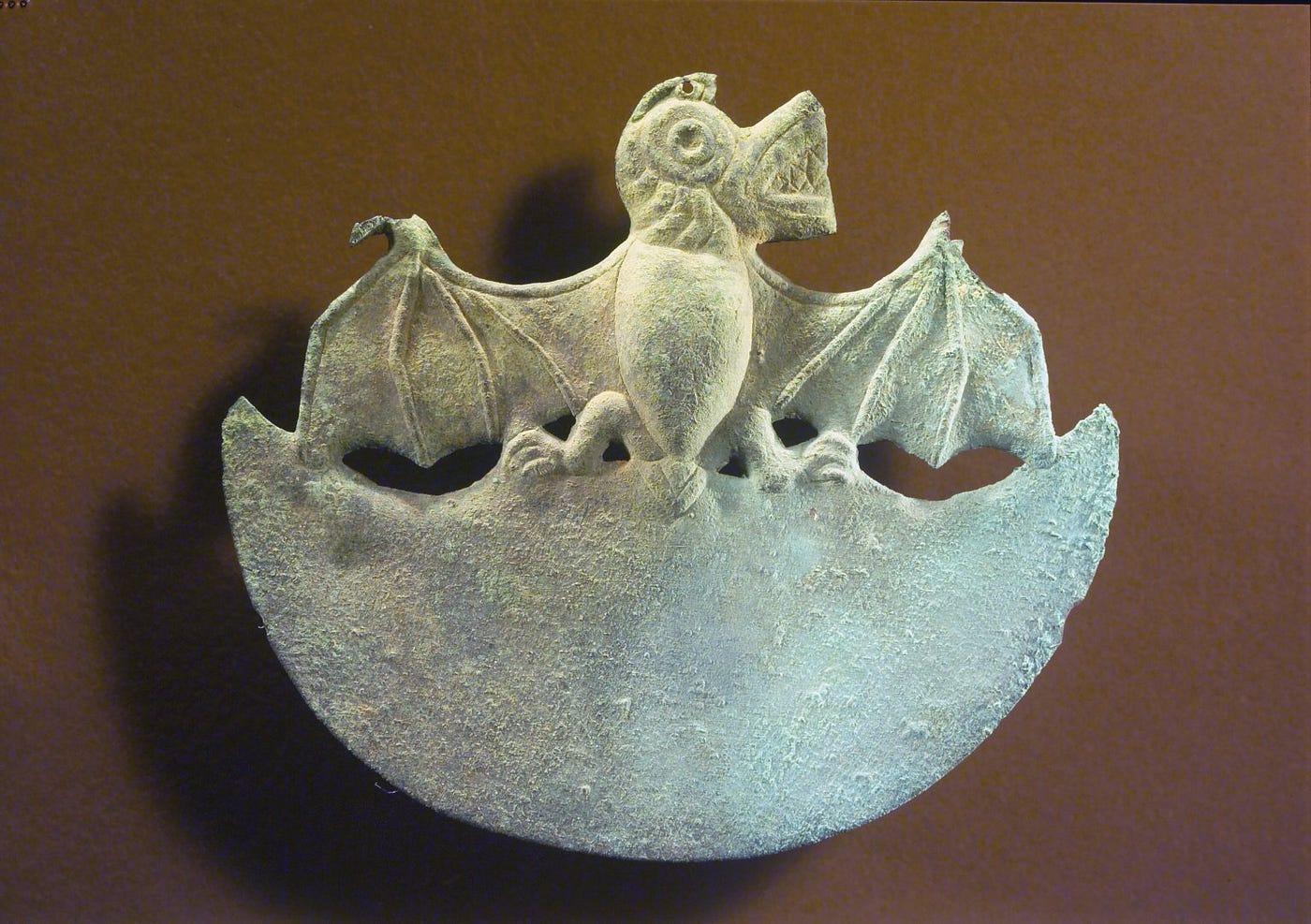Art Inspiring Science: The Moche Bat | by Cleveland Museum of Art | CMA Thinker | Apr, 2022
5 min read [ad_1]
By Susan Bergh, Curator of Pre-Columbian and Native North American Art and Amanda Mikolic, Curatorial Assistant
In 2012, Dr. Paúl Velazco, a Peruvian mammologist who serves as a visiting assistant professor at Arcadia University and research associate at New York’s American Museum of Natural History, collected two bats of a previously undescribed species on Peru’s north coast, a desert that is home to unique bat populations. He had nearly completed an important study of the species in 2021 when he and his wife — a native of Kent, Ohio — visited the CMA’s ancient Americas galleries, where a bat-shaped vessel from Peru caught his eye (figs. 1–3).



The bats Dr. Velazco collected belong to the genus Histiotus, one of the least studied within a larger family of bats (Vespertilionidae) because individuals of the genus are rarely captured in the field. Thus, they are poorly represented in scientific collections. The genus previously included ten species that, like other members of the family, lack a noseleaf and have relatively small eyes and long tails but are distinguished in part by very large ears connected by a ridge of membrane that runs across the forehead. This characteristic, along with their color, gives them their more common name — big-eared brown bats. The “new” species stands apart from others in the genus in having wider inner-ear lobes, a more pronounced connecting membrane, and certain subtleties in the color of its silky fur, among other things (fig. 4). The species has been confirmed by gene sequences and many other comparisons among the 151 specimens Dr. Velazco and his collaborators have identified in museum collections in the Americas and Europe.

The CMA’s bat vessel has traits of the species Dr. Velazco studied. Made on Peru’s north coast by an artist of the ancient Moche or Mochica culture (moe-chay, moe-cheek-ah) (AD 200–850), the vessel inspired him to name the species Histiotus mochica or, colloquially, the Moche leaf-eared bat. He did so to recognize the knowledge of Indigenous peoples and to honor the Moche and their connection to the natural world. Indeed, as he notes in a publication about the species, the bat vessel is so accurately depicted that it allowed precise identification of an animal previously unknown to science and thus stands as a testament to the Moche’s observational skills and profound interest in nature.


Such interest guided many of the exquisitely crafted and highly realistic animal representations the Moche left behind in ceramic vessels, personal ornaments made of precious metals, and objects in many other media (figs. 5–6). These and other images suggest that, unlike today in much of the world, the Moche did not conceive of nature as something from which humankind stands apart. Rather, Moche art often comingles the features of animals and humans in complex ways, implying a belief in the permeability of the boundary between the two realms.
One example in the museum’s collection is an effigy vessel shaped like a figure with a human body but the head of a stag, its tongue lolling to one side (fig. 7). The figure seems to be engaged in a ritual that involves chewing coca leaves — a small bag that holds the leaves hangs from one of the figure’s wrists, and in its hands the figure holds a container for the powdered lime, made of ground seashell, that is one of the ritual’s key ingredients. (Today, Andean people chew coca leaf, a mild stimulant, to establish communion with cosmic forces but also socially and for the practical purposes of suppressing fatigue and hunger.) It is difficult to know the realm to which such images belong — myth, ceremony, or something else — and, therefore, how they should be interpreted.
 <
/div>
<
/div>The bat vessel, on the other hand, is entirely naturalistic — the creature may be shown opening its wings before taking flight, and, if so, it illustrates Moche artists’ keen interest in capturing crucial moments of any given activity. Although bats are featured on a number of ceramic vessels as well as in other media, including metal, Moche bat symbolism is not yet well understood (fig. 8). It may be linked, however, to the animal’s paradoxical traits, which are many and fascinating.

For instance, bats fly, like birds, but they are furred rather than feathered. Though winged, they have human-like “hands” with “fingers” (Chiroptera, the name of the modern taxonomic order to which bats belong, means “hand-wing”). In addition to flying, some can walk, hop, or even run. Their heads are often similar to those of other animals, among them dogs and rodents, and they are active at night and roost upside-down by day. Also, bats frequently live in caves, which many cultures regard as special, threshold-like places where the upper and lower worlds interpenetrate. Because of these and other boundary-crossing or norm-reversing characteristics, one scholar described the bat as “a misfit par excellence.”
Such anomalous traits may have caused the Moche to associate bats with processes of transition and transformation, such as the passage between life and death — states that probably were not seen as antithetical but rather as complementary and interdependent, death being the inevitable precursor of rebirth, renewal, and regeneration. Certainly, in their arts the Moche portray bats in scenes involving sacrifice and death, on one hand, and plant fertility, on the other. These associations may have been complemented by the Moche’s likely use of bat guano as a crop fertilizer that was tied not only to agricultural burgeoning but also, as feces, to bodily dissolution and death. (In regard to fertility, it is interesting that scientists have compared the upside-down, resting posture of bats to the position of a baby in the womb.)
It is not known whether the Moche put bats to use in contexts outside of the arts. Among the later Inka (1400–1532), for instance, rulers apparently wore garments made of either bat pelts or fabric woven with bat fur: when a Spaniard asked the Inka emperor Atahualpa about softer-than-silk garments he was wearing, he replied that they were made from “birds that fly about at night in Puerto Viejo and Tumbez [on Peru’s far north coast] and bite people.” The Moche artistic legacy makes it clear, however, that they were keenly aware of the natural world in which they lived and devoted considerable care to observing and representing it.
On your next visit, take time to appreciate these fascinating creatures along with more Moche-style vessels in gallery 232 and via Collection Online.
[ad_2]
Source link





